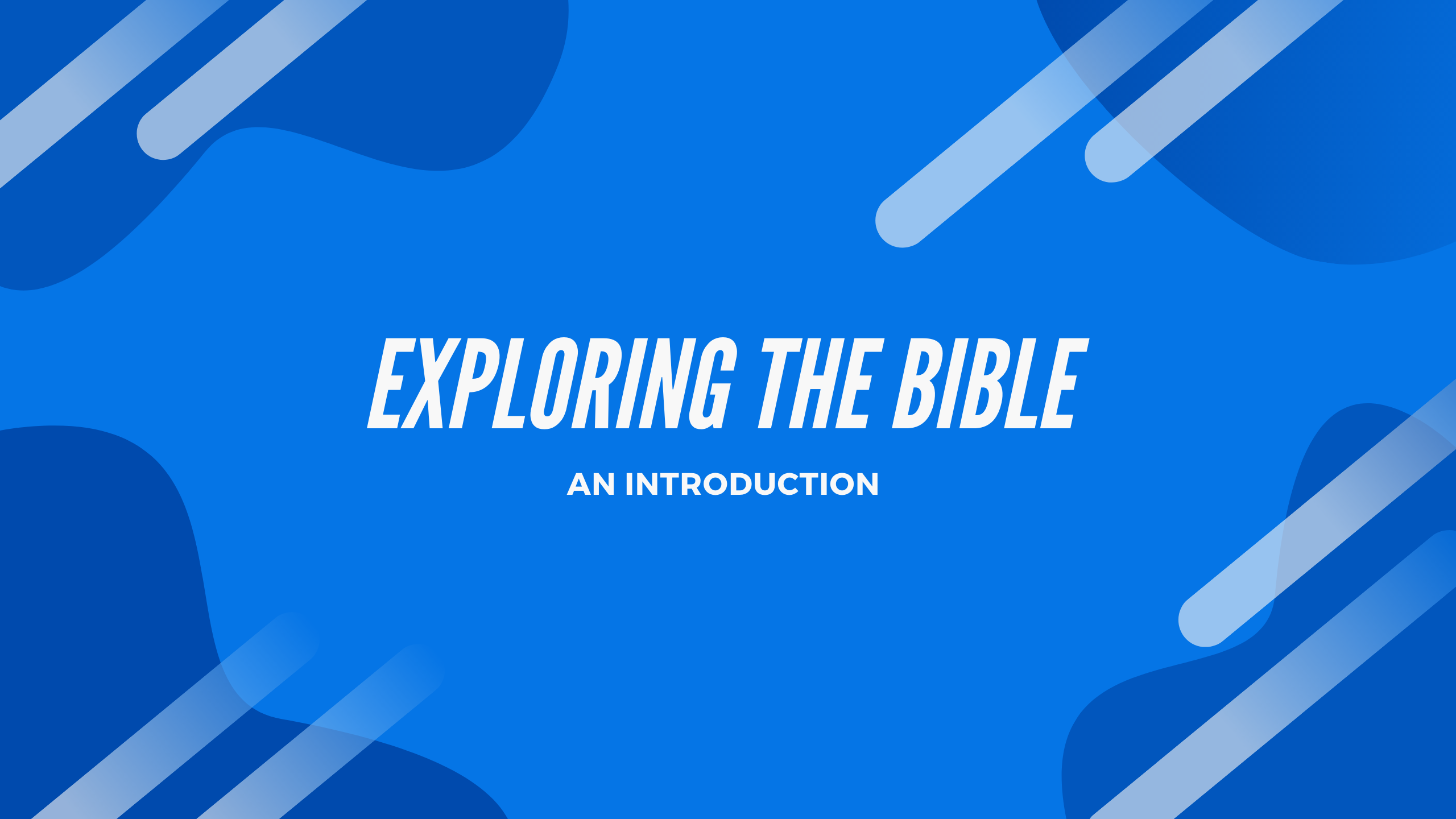
The greatest pursuit there is on this earth is knowing and understanding God. The best ways to embark on this journey is through the book He has written has given to us. To not just read it, but study the riches of the Scripture. There are countless ways to study the Bible and there isn’t a one size fits all model. However, here are three simple steps which are sure to bring life to your Bible study.
Observation
The first step when aiming to study the Bible is Observation. This means simply seeing what’s in the text. It is the process of gathering information regards the 5 W’s: Who, What? , When? , Where?, Why?. This is often regarded as the ‘context’ of the passage. This is where you aim to find out. the answers to questions such as:
- Context: How does the surrounding text help me clarify the intent of this passage?
- Co-text: Scripture interprets Scripture. How do the other passages of The Bible better help me aid my interpretation?
- Content: How does the content passage fit into the ‘metanarrative’ of The Bible? (see Synthesis of the Bible lesson)
- Consult: How do various commentaries better help me interpret The Bible?
Application
The third and final step is application. The Bible is living and breathing, the more we open it up, the more it opens us up. The more we read into the Bible the more we are read by the Bible. When we study the Bible, we don’t do it for the sake of studying, but we do it so that we may apply what we learn ( (Matt. 7:24–27; John 13:17; James 1:22; 2 Tim. 3:16–17). This is where we aim to find out the answers to questions such as:
- What’s something I learned about God—His character, His plan, His priorities, His promises, His desires, His ways?
- What’s something I learned about myself? My neighbour? The world?
- How do I need to change my thinking or living based on what I’ve learned?
- How should I be praying in light of this passage?
- How does this truth affect my response to the enemy, Satan?
- Who is speaking or writing?
- What is the audience this is written to?
- Where is this taken place?
- When is this taken place?
- Why is the author writing this?
The next step in the process is interpretation. After you have in the previous step considered what the passage has said, the next step is to find out what the passage means. It is trying to discover the author’s main thought or idea. This is where you aim to find out the answers to questions such as:
- Context: How does the surrounding text help me clarify the intent of this passage?
- Co-text: Scripture interprets Scripture. How do the other passages of The Bible better help me aid my interpretation?
- Content: How does the content passage fit into the ‘metanarrative’ of The Bible? (see Synthesis of the Bible lesson)
- Consult: How do various commentaries better help me interpret The Bible?
Application
The third and final step is application. The Bible is living and breathing, the more we open it up, the more it opens us up. The more we read into the Bible the more we are read by the Bible. When we study the Bible, we don’t do it for the sake of studying, but we do it so that we may apply what we learn ( (Matt. 7:24–27; John 13:17; James 1:22; 2 Tim. 3:16–17). This is where we aim to find out the answers to questions such as:
- What’s something I learned about God—His character, His plan, His priorities, His promises, His desires, His ways?
- What’s something I learned about myself? My neighbour? The world?
- How do I need to change my thinking or living based on what I’ve learned?
- How should I be praying in light of this passage?
- How does this truth affect my response to the enemy, Satan?
Early on in my Christian days I often found myself playing the proverbial ‘Bible roulette’, simply flicking to a random page and deeming that this must be what God wants me to read today! The Bible seemed to be this super dense, aged text that had little relevance to life today and because of this I rarely found myself diving into this life-changing book. I now find myself more assured in my daily life, holding on to the truth of the Bible to guide me through any situation life has to throw at me. It gives me joy when there’s sadness, peace during the chaos, reaffirms my identity when insecurities arise and provides hope amongst despair. I cannot put into words how much I love the Bible and how much God has used His word to change my life and the lives of so many others around me. It is my prayer that through this course, that you too would share in this unspeakable transformation